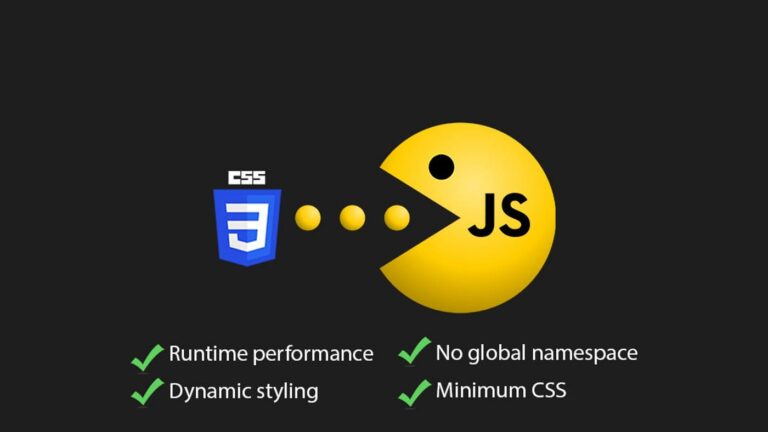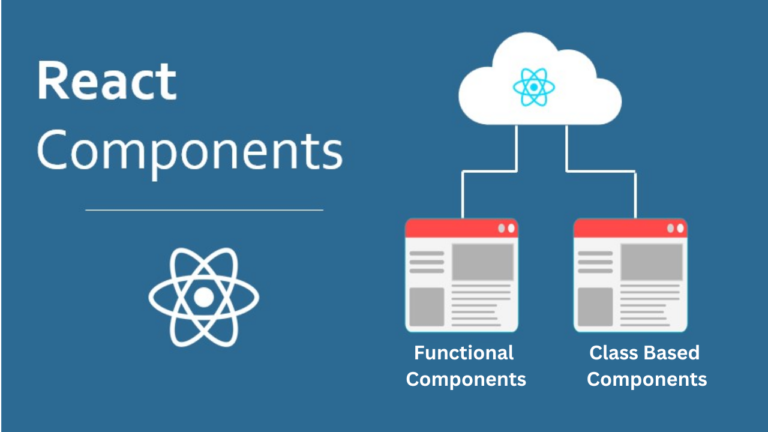Serverless architecture has emerged as a transformative paradigm, offering developers a new approach to building scalable, cost-effective, and resilient web applications. By abstracting away infrastructure management and enabling developers to focus solely on writing code, serverless architecture has revolutionized the way we design, deploy, and scale web applications in the cloud.
Understanding Serverless Architecture
At its core, serverless architecture refers to the design and deployment of applications without the need to manage servers or infrastructure. Instead of provisioning and maintaining servers, developers can rely on cloud providers to handle server management, scaling, and maintenance, allowing them to focus on writing code that delivers value to users.
The key components of serverless architecture include:
- Functions as a Service (FaaS): Serverless platforms offer a FaaS model, where developers write functions that respond to events triggered by user interactions, API requests, or system events. These functions are stateless, ephemeral, and automatically scaled by the cloud provider based on demand.
- Event-driven Architecture: Serverless applications are built around event-driven architecture, where functions are triggered in response to events such as HTTP requests, database changes, file uploads, or scheduled tasks. This event-driven approach enables developers to build highly responsive and reactive applications that can adapt to changing conditions in real-time.
- Pay-per-Use Pricing: One of the key advantages of serverless architecture is its pay-per-use pricing model. Instead of paying for fixed server capacity, developers only pay for the resources consumed by their functions, making it a cost-effective solution for applications with unpredictable or variable workloads.
- Managed Services: Serverless platforms offer a wide range of managed services, including databases, storage, authentication, and messaging services. These managed services abstract away the complexity of infrastructure management, allowing developers to focus on building features and delivering value to users.
Benefits of Serverless Architecture
The adoption of serverless architecture offers several benefits for web developers and organizations, including:
- Scalability: Serverless platforms automatically scale applications in response to demand, ensuring consistent performance under any workload. With serverless, developers can handle traffic spikes and scale applications seamlessly without worrying about provisioning or managing servers.
- Cost-effectiveness: By paying only for the resources consumed by their functions, organizations can significantly reduce infrastructure costs compared to traditional server-based architectures. Serverless architecture allows startups and enterprises alike to optimize their cloud spending and allocate resources more efficiently.
- Faster Time to Market: Serverless architecture enables developers to iterate quickly and deploy updates with ease. With the ability to focus solely on writing code, developers can bring new features to market faster and respond rapidly to changing business requirements and user feedback.
- Simplified Operations: Serverless platforms abstract away the complexity of infrastructure management, reducing the operational overhead associated with traditional server-based architectures. Developers can offload tasks such as server provisioning, scaling, and maintenance to the cloud provider, allowing them to focus on building and improving applications.
Use Cases for Serverless Architecture
Serverless architecture is well-suited for a wide range of use cases, including:
- Web Applications: Serverless architectures are ideal for building web applications, ranging from simple websites to complex, real-time applications. By leveraging serverless platforms, developers can build highly scalable and cost-effective web applications that can handle millions of concurrent users.
- APIs and Microservices: Serverless architectures are well-suited for building APIs and microservices, allowing developers to deploy lightweight, independently deployable functions that handle specific tasks or endpoints. With serverless, organizations can build modular, scalable, and resilient architectures that can adapt to changing business needs.
- Data Processing and ETL: Serverless architectures are increasingly being used for data processing and extract, transform, load (ETL) workflows. By leveraging serverless functions and managed services such as AWS Lambda and Google Cloud Functions, organizations can build scalable and cost-effective data pipelines that process, transform, and analyze large volumes of data in real-time.
Challenges of Serverless Architecture
While serverless architecture offers many benefits, it also presents some challenges and considerations for developers and organizations:
- Cold Start Latency: Serverless platforms may experience latency when invoking functions that have been idle for a period of time, known as cold start latency. Developers should optimize their functions and design for warm starts to minimize latency and improve performance.
- Vendor Lock-in: Adopting serverless architecture may result in vendor lock-in, as developers become dependent on specific cloud providers’ platforms and services. Organizations should carefully evaluate vendor lock-in risks and consider strategies for mitigating vendor dependency.
- Monitoring and Debugging: Monitoring and debugging serverless applications can be challenging due to the distributed and event-driven nature of serverless architectures. Developers should implement robust logging, monitoring, and debugging practices to ensure visibility into application performance and behavior.
- Security and Compliance: Serverless architectures introduce new security considerations, such as securing function invocations, managing permissions and access control, and protecting sensitive data. Organizations should implement security best practices and comply with regulatory requirements to ensure the security and privacy of their serverless applications.
Conclusion
Serverless architecture represents a paradigm shift in web development, offering developers a powerful and scalable approach to building modern, cloud-native applications. By abstracting away infrastructure management and enabling developers to focus solely on writing code, serverless architecture empowers organizations to build resilient, scalable, and cost-effective web applications that can adapt to.






